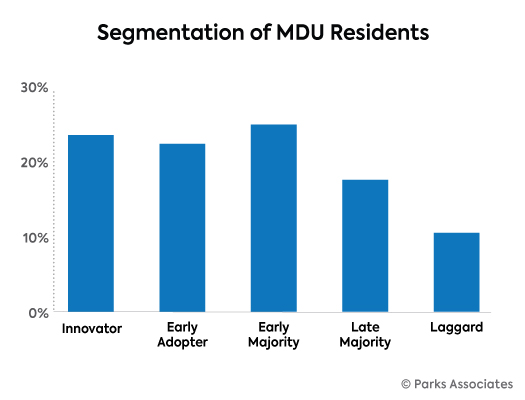Investigating the Advantages and Challenges of Deploying Mass Internet Solutions in Multi-Dwelling Buildings
Wiki Article
Introducing mass internet solutions in multi-unit properties can offer numerous advantages for both managers and tenants. Bulk online services mean high-speed online connections that are supplied to every apartments within a complex at a set price. This strategy can improve the general residential experience for tenants by guaranteeing that all has the ability to use consistent online connectivity. With the increasing dependence on the web for employment, learning, and entertainment, having a stable link is essential. Building owners can also gain from offering these solutions, as it can turn their properties more appealing to potential residents.

One of the primary advantages of collective internet services is cost reductions. When internet connectivity is offered in bulk, property owners can negotiate more favorable prices with internet connectivity providers. This can lead to decreased expenses for residents compared to individual plans. Additionally, tenants do not have to worry about setting up their personal online connectivity, which can be a lengthy process. Instead, they can have instant access to fast online upon relocating. This ease can be a major feature for future residents, turning the building more attractive in the rental sector.
Another benefit of collective internet solutions is enhanced connectivity. In many cases, separate online connections can lead to decreased performance and unreliable connectivity, especially in larger properties where multiple users are online simultaneously. Collective services typically deliver increased bandwidth, which means that all tenants can enjoy fast and stable online access. This is notably vital for families with multiple gadgets or for individuals who are employed from home. A consistent internet link can enhance productivity and overall contentment for tenants, rendering it a important aspect of multi-dwelling unit properties.
However, introducing collective internet services also comes with difficulties. One of the primary issues is the initial setup cost. Building managers may need to invest in structural upgrades to support fast online across the building. This can include installing additional wiring, modems, and other equipment. While these expenses can be counterbalanced by the extended savings and increased building value, they can be a hurdle for some property managers. Additionally, continuous support and support for the online connectivity must be factored in, as residents will demand dependable connectivity and prompt resolutions to any issues that occur.
Another issue is confirming that the internet connectivity fulfills the different needs of all tenants. Various tenants may have different internet utilization habits, from casual surfing to heavy viewing or gaming. Property owners must partner with internet connectivity providers to confirm that the service can satisfy these Continue varied needs. This may involve offering various levels of service or additional options, such as wireless internet in common areas. Managing the needs of every residents while controlling expenses can be a challenging task, but it is essential for the success of collective online services in multi-dwelling unit buildings.